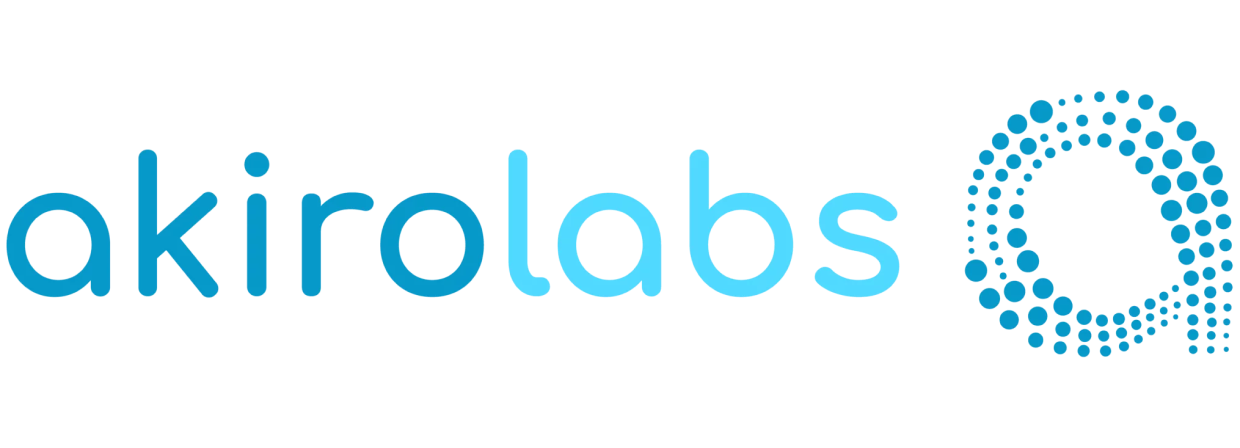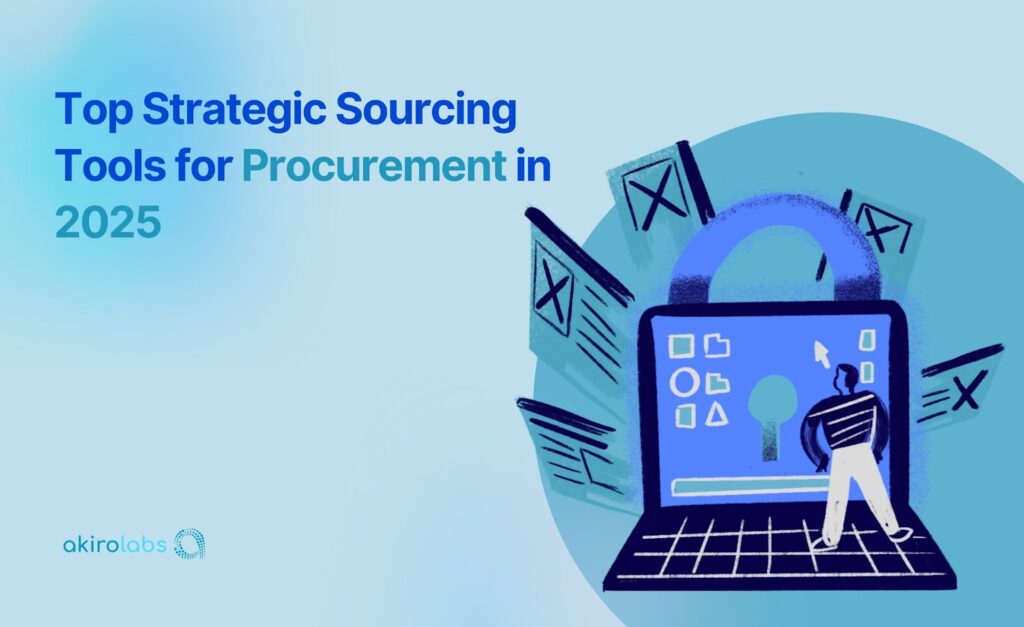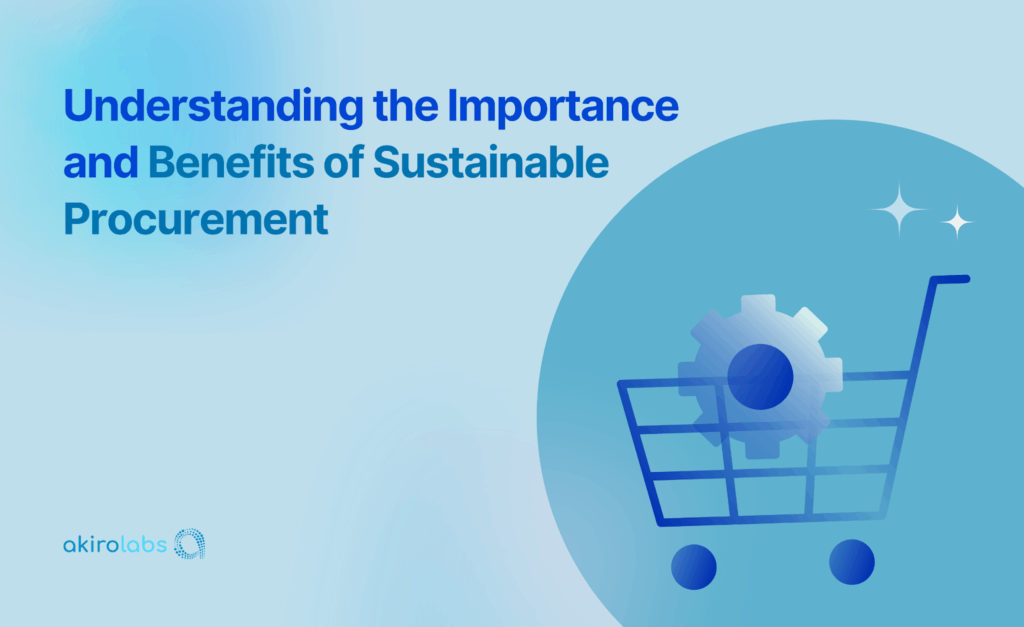In today’s business world, many companies are realizing that working with diverse suppliers is not just the right thing to do — it’s also smart for business.
Supplier diversity programs help companies tap into new ideas, drive innovation, and strengthen their supply chains by including businesses owned by women, minorities, veterans, and other underrepresented groups.
As consumers increasingly seek brands that reflect their values, companies that embrace diversity can gain a competitive edge.
This article will explore the key elements of successful supplier diversity programs, the benefits they bring, the challenges organizations face, and the future trends shaping these initiatives.
What are Supplier Diversity Programs?

Supplier diversity programs are corporate initiatives that prioritize partnerships with businesses owned by historically marginalized groups, including minorities (51%+ ownership), women, veterans, LGBTQ+ individuals, and people with disabilities.
Core components include:
- Policy Framework: Establishing clear goals, certification requirements (e.g., via third-party bodies like NMSDC or WBENC), and KPIs to align with DEI objectives.
- Supplier Identification: Leveraging databases and tools like Vendor Management Software (VMS) to identify diverse suppliers across tiers, including second- and third-tier partners.
- Executive Buy-In: Securing leadership support to integrate diversity into procurement strategies and allocate budgets (e.g., 5–15% spending targets).
- Certification and Compliance: Partnering with organizations like the National LGBT Chamber of Commerce to validate ownership status.
Historical Background and Evolution
The concept originated in the U.S. during the civil rights era and expanded globally through legislation and advocacy:
- 1950s–1960s: The Small Business Act (1953) laid the groundwork for supporting small enterprises, while the Civil Rights Act (1964) prohibited procurement discrimination.
- 1969–1970s: President Nixon’s Executive Order 11458 mandated federal agencies to contract minority-owned businesses, leading to the National Minority Supplier Development Council (1972).
- 1980s–2000s: Policies expanded to include women-, veteran-, and LGBTQ+-owned businesses, with laws like the Veterans Entrepreneurship Act (1999) and the creation of the National LGBT Chamber of Commerce (2002).
- Modern Era: Programs shifted from compliance to competitive advantage, driven by the need to mirror diverse customer bases and mitigate supply chain risks.
Key Elements of Successfully Diverse Supplier Programs

Successful supplier diversity programs require strategic alignment between inclusive objectives and operational execution. Below are the four pillars that separate token initiatives from transformational supplier ecosystems.
1. Clear Diversity Objectives and Goals
Establishing clear objectives is critical for guiding the direction of supplier diversity initiatives:
- Measurable Targets: Organizations should set specific, quantifiable goals for diverse spending (e.g., increasing diverse supplier spend by 20% annually) to align with broader corporate objectives.
- Policy Framework: A well-defined diversity policy articulates the program’s purpose and outlines the criteria for what constitutes a diverse supplier, ensuring that all stakeholders understand the goals.
- Leadership Commitment: Securing buy-in from executive leadership is essential, as it fosters accountability and visibility across the organization.
2. Robust Supplier Selection and Qualification Processes
Effective supplier selection is vital for ensuring quality and compliance:
- Comprehensive Vetting: Implementing a thorough qualification process allows organizations to assess potential suppliers based on financial stability, capacity, and alignment with corporate values.
- Utilization of Technology: Advanced procurement platforms can streamline supplier discovery and evaluation, enhancing efficiency in managing diverse suppliers.
- Supplier Development Programs: Establishing mentorship and training initiatives helps to build capabilities within diverse suppliers, fostering long-term partnerships.
3. Metrics and Evaluation Criteria for Performance
Tracking performance through defined metrics ensures accountability and continuous improvement:
Metric | Description | Purpose |
Diverse Spend Percentage | Measures the proportion of total spend on diverse suppliers | Evaluates financial commitment to diversity |
Supplier Retention Rate | Tracks the longevity of relationships with diverse suppliers | Indicates satisfaction and support effectiveness |
Innovation Contributions | Assesses the number of new products/services developed through diverse suppliers | Measures impact on innovation outcomes |
4. Communication and Engagement with Diverse Suppliers
Building strong relationships with diverse suppliers enhances collaboration:
- Transparent Communication: Regular updates about opportunities, requirements, and expectations foster trust and engagement.
- Inclusive Events: Hosting supplier diversity summits or workshops encourages networking and knowledge sharing among diverse suppliers.
- Feedback Mechanisms: Establishing channels for feedback allows suppliers to voice concerns or suggestions, which can lead to improved processes and relationships.
Benefits of Implementing Supplier Diversity Programs
With the right elements in place, implementing supplier diversity programs can offer a range of significant benefits, which we’ll dive into next.
1. Economic Impact and Job Creation
Supplier diversity programs significantly boost economic growth:
- Empowerment: Engaging diverse suppliers stimulates economic activity in underrepresented communities. Minority-owned businesses generated $400 billion in economic output and created or preserved 2.2 million jobs in the U.S.
- Local Growth: Spending on diverse suppliers enhances local economies through increased wages and job opportunities, creating a multiplier effect that benefits communities.
- Tax Revenue: Diverse suppliers contribute to local, state, and federal tax revenues, which support community services and infrastructure.
2. Innovation and Competitive Advantage
Diverse supplier networks drive innovation and agility:
- Fresh Perspectives: Diverse suppliers bring unique insights that can lead to innovative products and solutions. For example, Coca-Cola’s $800 million annual investment in diverse suppliers fosters entrepreneurship among minority groups.
- Agility: Diverse suppliers are often more flexible and responsive, crucial for adapting to market changes. During the pandemic, many quickly pivoted to produce essential goods like hand sanitizers.
- Enhanced Competition: Companies that allocate at least 20% of their spending to diverse suppliers report a significant increase in market share, with 10-15% of annual sales attributed to these initiatives.
3. Enhancing Brand Reputation and Customer Loyalty
A commitment to supplier diversity enhances brand image:
- Consumer Expectations: Brands demonstrating social responsibility attract loyal customers. Awareness of Coca-Cola’s diversity initiatives increased favorable perceptions by 45%.
- Talent Attraction: Supplier diversity initiatives improve recruitment efforts; 52% of job seekers prefer companies with strong diversity programs.
- Positive Perception: Committed companies gain positive media coverage and brand recognition, reinforcing their reputation as socially responsible.
4. Mitigating Risks and Increasing Supply Chain Resilience
Supplier diversity strengthens supply chain resilience:
- Risk Diversification: A diverse supplier base reduces dependency on single sources, mitigating risks associated with disruptions.
- Sustainability Alignment: Many diverse suppliers prioritize sustainable practices, supporting corporate sustainability goals.
- Community Stability: Local diverse suppliers ensure access to reliable resources that reflect the communities served.
Challenges Faced in Supplier Diversity Program Implementation

While the benefits are clear, there are also several challenges companies may face when implementing supplier diversity programs. Let’s examine some of these obstacles.
1. Identifying and Sourcing Diverse Suppliers
- Limited Access: Diverse suppliers often struggle to access procurement opportunities due to traditional processes favoring established vendors.
- Awareness: Many diverse businesses lack knowledge of procurement criteria, hindering their participation.
- Data Limitations: Inadequate data on diverse suppliers complicates identification efforts.
2. Overcoming Internal Resistance and Biases
- Resistance to Change: Internal teams may resist shifting from familiar suppliers to new, diverse ones due to biases about quality or reliability.
- Leadership Buy-In: Without strong commitment from leadership, diversity initiatives may lack prioritization and support.
3. Ensuring Quality and Meeting Organizational Standards
- Quality Assurance: Diverse suppliers must meet the same quality standards as traditional vendors, which can be challenging during onboarding.
- Capacity Constraints: Some diverse suppliers may lack the capacity to fulfill large contracts, requiring additional support.
4. Sustaining Long-Term Commitment and Investment
- Resource Allocation: Insufficient investment in resources for mentoring and support can undermine long-term success.
- Continuous Engagement: Maintaining relationships with diverse suppliers demands ongoing communication and dedicated resources.
Strategies to Enhance Supplier Diversity Programs
Despite these challenges, some strategies can help overcome them and strengthen supplier diversity efforts.
Let’s take a look at some practical approaches.
- Training and Development for Procurement Teams: Equip procurement teams with the knowledge and skills to engage diverse suppliers effectively. Implement training programs that focus on the importance of supplier diversity, best practices in sourcing, and how to identify and evaluate diverse suppliers.
- Building Partnerships with Advocacy Groups and Associations: Collaborate with organizations such as the National Minority Supplier Development Council and the Women’s Business Enterprise National Council. These partnerships can provide access to a broader network of diverse suppliers, training resources, and mentorship and development opportunities.
- Utilizing Technology and Data Analytics Tools: Leverage advanced procurement platforms and data analytics tools to streamline the identification, evaluation, and management of diverse suppliers. These technologies can enhance visibility into the supplier base, track performance metrics, and support data-driven decision-making.
- Fostering an Inclusive Corporate Culture: Promote an inclusive corporate culture that values diversity at all levels of the organization. Secure commitment from leadership to champion supplier diversity initiatives, ensuring that these efforts are integrated into the company’s overall strategy and operations.
- Participate in Diversity Events and Organizations: Engage with supplier diversity events to connect with potential suppliers and industry peers. Participation highlights a company’s commitment to diversity and provides networking opportunities for sharing best practices.
- Expand Impact with Tier 2 Programs: Implement tier 2 supplier diversity initiatives that encourage primary suppliers to engage diverse subcontractors. This creates a multiplier effect, amplifying the economic impact of diversity efforts throughout the supply chain.
- Collaborate with Internal Stakeholders: Foster cross-functional collaboration to align supplier diversity initiatives with broader business objectives. Engaging other departments can uncover new opportunities and secure organization-wide support for diversity efforts.
- Implement Mentorship and Capacity-Building Initiatives: Develop long-term relationships with diverse suppliers through mentorship programs that provide training, resources, and connections. This helps suppliers grow and thrive within the supply chain.
Evaluating the Impact of Supplier Diversity Initiatives

Once a supplier diversity program is in place, it’s essential to evaluate its impact. Here, we’ll discuss how to measure success and track progress.
1. Key Performance Indicators and Metrics
To assess the effectiveness of supplier diversity initiatives, organizations should track various key performance indicators (KPIs) and metrics, including:
- Percentage of Diverse Supplier Spend: Calculate the proportion of total procurement spend allocated to diverse suppliers to gauge investment levels.
- Number of Diverse Suppliers: Monitor the total number of diverse suppliers engaged to reflect the program’s reach and inclusivity.
- Year-over-Year Growth in Diverse Supplier Spend: Track growth in spending on diverse suppliers annually to measure progress and identify trends.
- Diverse Supplier Retention Rate: Assess how many diverse suppliers remain engaged over time, indicating satisfaction and support.
- Community Impact Metrics: Evaluate broader impacts such as job creation, local economic contributions, and improvements in supplier capabilities.
2. Feedback Mechanisms from Diverse Suppliers
Implementing feedback mechanisms is crucial for understanding the experiences of diverse suppliers:
- Surveys and Interviews: Conduct regular surveys and interviews with diverse suppliers to gather insights on their experiences, challenges, and suggestions for improvement.
- Feedback Loops: Establish channels for ongoing communication where suppliers can provide input on procurement processes and their needs.
- Supplier Advisory Councils: Create councils comprising diverse suppliers to facilitate direct dialogue with company leadership, ensuring their voices are heard in decision-making processes.
3. Periodic Reviews and Assessments
Regular reviews and assessments help maintain the effectiveness of supplier diversity programs:
- Annual Program Audits: Conduct comprehensive audits annually to evaluate program performance against established goals and KPIs.
- Benchmarking Against Industry Standards: Compare metrics with industry benchmarks to identify areas for improvement and best practices.
- Adjustments Based on Findings: Use insights from assessments to refine strategies, set new goals, and enhance overall program effectiveness.
4. Case Studies of Success Within the Organization
Highlighting successful case studies can illustrate the impact of supplier diversity initiatives:
- Document Success Stories: Collect and share stories of successful partnerships with diverse suppliers that led to innovation, cost savings, or community impact.
- Metrics-Driven Outcomes: Present data demonstrating how specific initiatives have positively affected business outcomes, such as increased market share or improved supplier performance.
- Internal Recognition Programs: Create recognition programs that celebrate achievements in supplier diversity, encouraging continued commitment from employees and stakeholders.
Future Trends in Supplier Diversity Programs
Looking ahead, supplier diversity is expected to evolve. Let’s explore the future trends and what businesses can expect in the coming years.
1. Globalization and Expansion Beyond Domestic Markets
Supplier diversity programs are increasingly expanding internationally as companies recognize the value of diverse suppliers in global markets:
Example: Bristol Myers Squibb now extends its supplier diversity footprint to LATAM, UK, Europe, and APAC by partnering with global advocacy groups like MSDUK and WEConnect International.
2. Sustainability Integration with Diverse Supplier Practices
Environmental, Social, and Governance (ESG) goals are merging with supplier diversity:
Focus Areas:
- Partnering with diverse suppliers that prioritize sustainable practices (e.g., carbon-neutral manufacturing).
- Measuring supply chain emissions and local economic impacts through responsible sourcing.
Example: S&P Global integrates procurement sustainability with supplier diversity, aligning programs to drive both environmental and social outcomes.
3. Technological Advancements Facilitating Supplier Diversity
AI and automation tools are revolutionizing how companies manage supplier diversity:
Key Tools:
- Generative AI: Streamlines supplier discovery and performance tracking (e.g., predictive analytics for identifying high-potential diverse suppliers).
- Compliance Software: Centralizes certification tracking and automates onboarding processes.
Impact: Reduces manual workloads by 40%, allowing teams to focus on strategic partnerships and innovation.
4. Evolving Policies and Legislation Supporting Diversity Initiatives
Regulatory and societal shifts are driving stronger commitments to supplier diversity:
Trends:
- New tariffs and geopolitical policies are prompting companies to diversify suppliers locally (e.g., nearshoring) to mitigate risks.
- Governments and advocacy groups are pushing for transparency in diversity spending and measurable outcomes.
Example: By 2025, 80% of organizations will align supplier diversity with ESG reporting frameworks to meet regulatory requirements.
Conclusion
Incorporating supplier diversity programs is not just a strategic move — it’s a powerful way to drive innovation, reduce risk, and enhance brand loyalty. By embracing an inclusive supply chain, businesses unlock growth opportunities and gain a competitive edge. Supplier diversity strengthens relationships and contributes to positive social change.
akirolabs is essential for implementing and scaling supplier diversity efforts. Its AI-powered platform helps organizations align diversity with business objectives, making supplier diversity a strategic enabler. Akirolabs addresses key challenges by providing:
- Supplier Preferencing & Performance Tracking: Ensures diverse suppliers meet quality and compliance standards.
- Automated Risk Management: Identifies risks and diversifies sourcing to prevent supply chain disruptions.
- Market Intelligence & Innovation Tracking: Identifies emerging diverse suppliers contributing to innovation.
- Strategic Business Scenario Modeling: Simulates various diversity scenarios for resilience and cost-effectiveness.
- Stakeholder Mapping & Collaboration Tools: Aligns procurement with cross-functional teams to make supplier diversity a company-wide priority.
akirolabs empowers businesses to embed diversity into procurement, driving economic impact and long-term value.
Ready to build a more inclusive and innovative supply chain? Explore how akirolabs can empower your supplier diversity program. Schedule a demo today!






